E.T. Wickham Sculpture Trail
Crumbling Kennedys and a decaying Tecumseh are just some of the haunting remains of one man's cement art trail.
Less a sculpture park than a collection of cement passion projects, the sculpture work of E.T. Wickham that still dot some of the roads in Palmyra, Tennessee are a haunting reminder of one man’s devotion to his art, and the deterioration of a legacy.
Enoch Tanner Wickham was a tobacco farmer who was born in 1883 and didn’t start building his cement creations until much later in life when he moved to Palmyra, Tennessee. In the early 1950s Wickham began turning his hand to sculpture at the age of 67 by creating a statue of the Virgin Mary crushing a snake. He continued to create, building large statues of historical figures working only with cement, chicken wire, and rebar to create his works. He created statues of historical figures like Tecumseh, Andrew Jackson, Sitting Bull, Daniel Boone, and even Bobby and Jack Kennedy, as well as more personal subjects like a monument to the son he lost in World War II, and even a “self-portrait” of himself riding a giant bull.
Once Wickham began building his statues, he didn’t stop until his death in 1970. By the end, he had created over 30 cement goliaths, set up along two roads in Palmyra. Unfortunately, once Wickham set down his tools for the final time, his statues did not fare so well.
Left unguarded, the statues quickly fell to the hands of vandals who marred the works with graffiti and took to them with hammers and chisels. For a time, ownership of his works was up for debate and it was said that he had willed them to the Catholic Church, so preservation efforts were all but non-existent. Eventually some of the works were looked after by the Tennessee State Museum, but they now seem to have reverted back to Wickham’s surviving family who are making efforts to stop the rest of his works from crumbling.
Today many of Wickham’s statues can still be seen lining the roads of Palmyra, although their depleted state is a somewhat sad, but also beautifully lonely legacy.

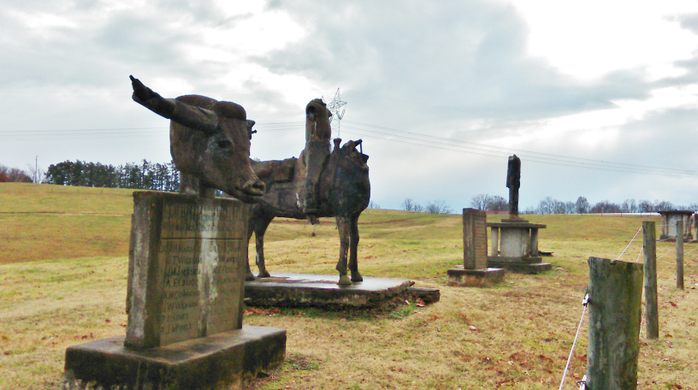

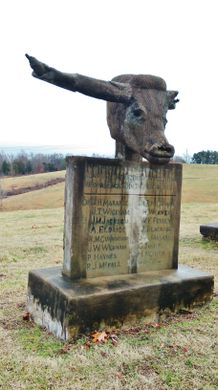
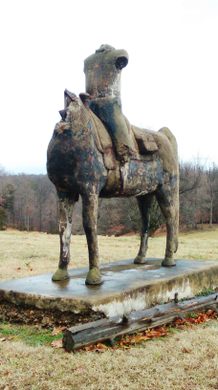

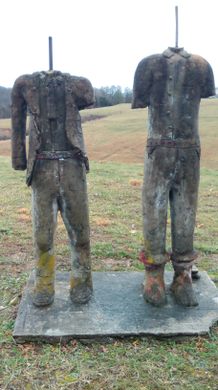
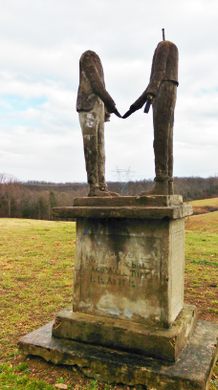




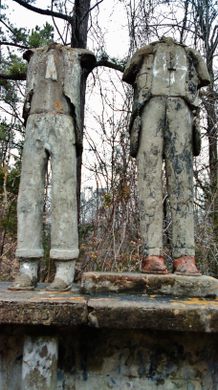


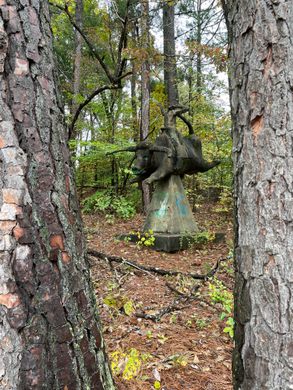




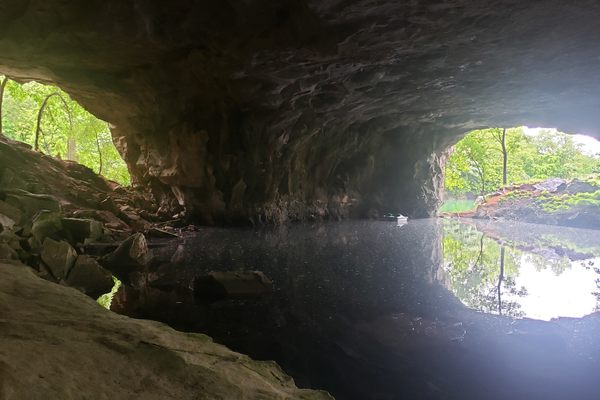



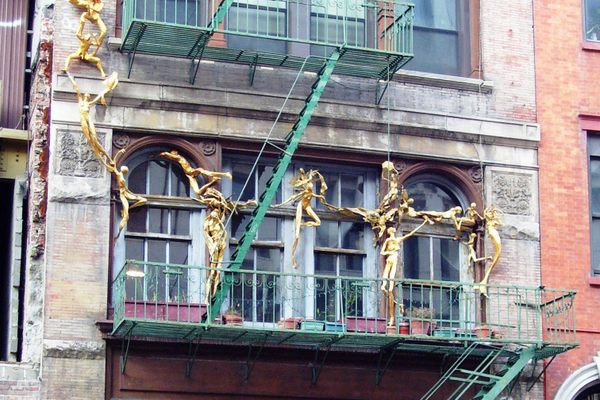
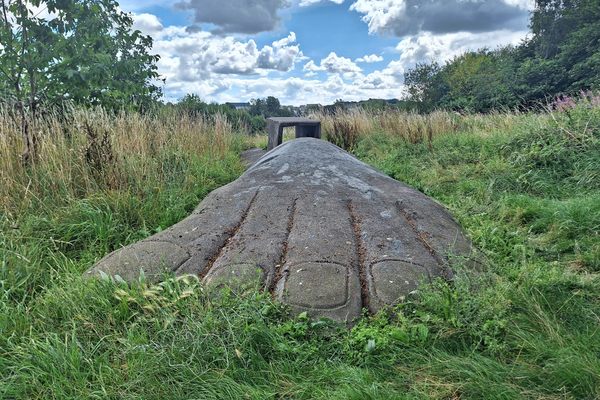




Follow us on Twitter to get the latest on the world's hidden wonders.
Like us on Facebook to get the latest on the world's hidden wonders.
Follow us on Twitter Like us on Facebook